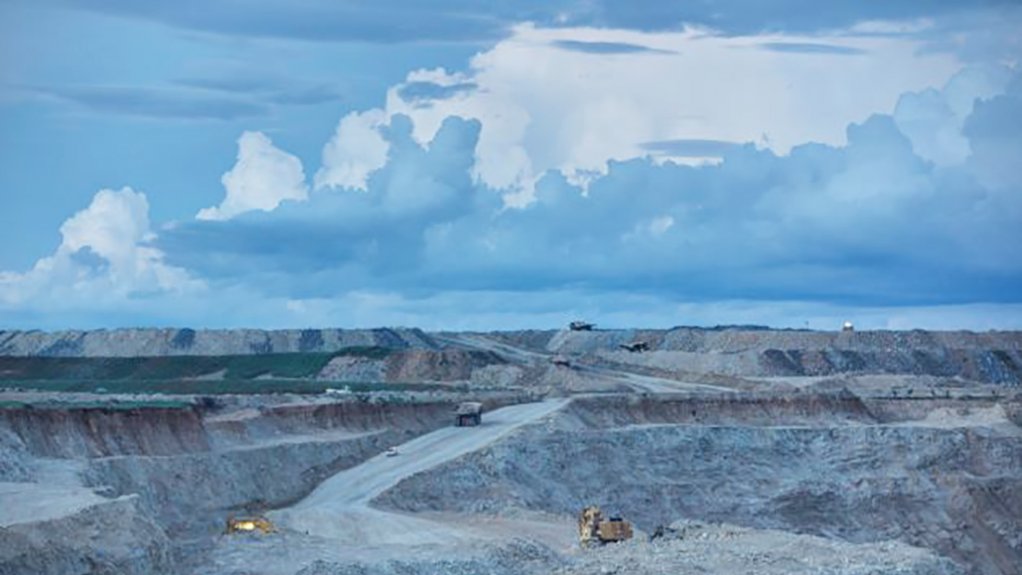While the Covid-19 pandemic has had a major impact on Namibia’s economy, industry organisation the Chamber of Mines of Namibia believes that the mining sector is well positioned to support the country in its economic recovery over the next two years.
“The outlook for mining is extremely positive in a commodity price environment that remains favourable for investment in mining and exploration, not to mention the consistently improving uranium price in the past five months,” says Chamber of Mines CEO Veston Malango.
This positive outlook is evident in the growth that has been identified and, according to Malango, The Bank of Namibia’s ‘December 2021 Economic Outlook’ says the mining sector was expected to grow by 1.2% in 2021, compared with a sharp contraction of -14.9% in 2020.
He explains that the sector’s growth for 2021 was predominantly driven by increased uranium and gold output, and a moderate increase in diamond output.
The mining sector is, ultimately, set for another year of growth in 2022, as marine diamond production is expected to increase with the addition of Debmarine Namibia’s new recovery vessel, the AMV3. The vessel is scheduled to begin operations along the Namibian coast in the second half of this year, says Malango.
Further, the Kombat copper mine has been brought back into production by Trigon Metals, he says.
The mine is expected ramp up to full production this year – having resumed production in 2021 – with its first copper concentrate shipment since 2008 having left port in December.
Exploration
Some advanced exploration projects are also progressing towards mine development, says Malango.
For example, the prefeasibility study (PFS) for the Twin Hills exploration project was completed in 2021. The PFS demonstrated strong economics to support potential mine development, which is being explored by gold exploration and development company Osino Resources.
Uranium exploration company Reptile Mineral Resources and Exploration has run extensive exploration programmes for uranium on its Tumas project and is undertaking a definitive feasibility study (DFS).
“The intention is to pursue mine development once the incentive price for uranium is reached,” Malango says.
Uranium exploration company Bannerman Resources has also advanced a uranium project. “This company has a fully completed feasibility study, which has reaffirmed and optimised the economics for its Etango-20 project through its demonstration plant,” he notes.
A scaled-down development of the larger Etango resource, the Etango-8 project, has a completed PFS and the DFS is expected to be completed in the first quarter of this year.
Meanwhile, some prominent gold exploration projects have proven to be viable for mine development, as well as advanced uranium projects that will likely enter mine development once the incentive price of $65/lb is reached.
He adds that the development of and investment in these projects are supporting job creation and skills development in the local exploration sector.
“Should these exploration projects become mines, this will result in the creation of permanent jobs, income and livelihood generation, which will ultimately support social and economic development, and the upliftment of communities in those specific regions,” concludes Malango.
Edited by: Nadine James
Features Deputy Editor
EMAIL THIS ARTICLE SAVE THIS ARTICLE
ARTICLE ENQUIRY
To subscribe email subscriptions@creamermedia.co.za or click here
To advertise email advertising@creamermedia.co.za or click here













